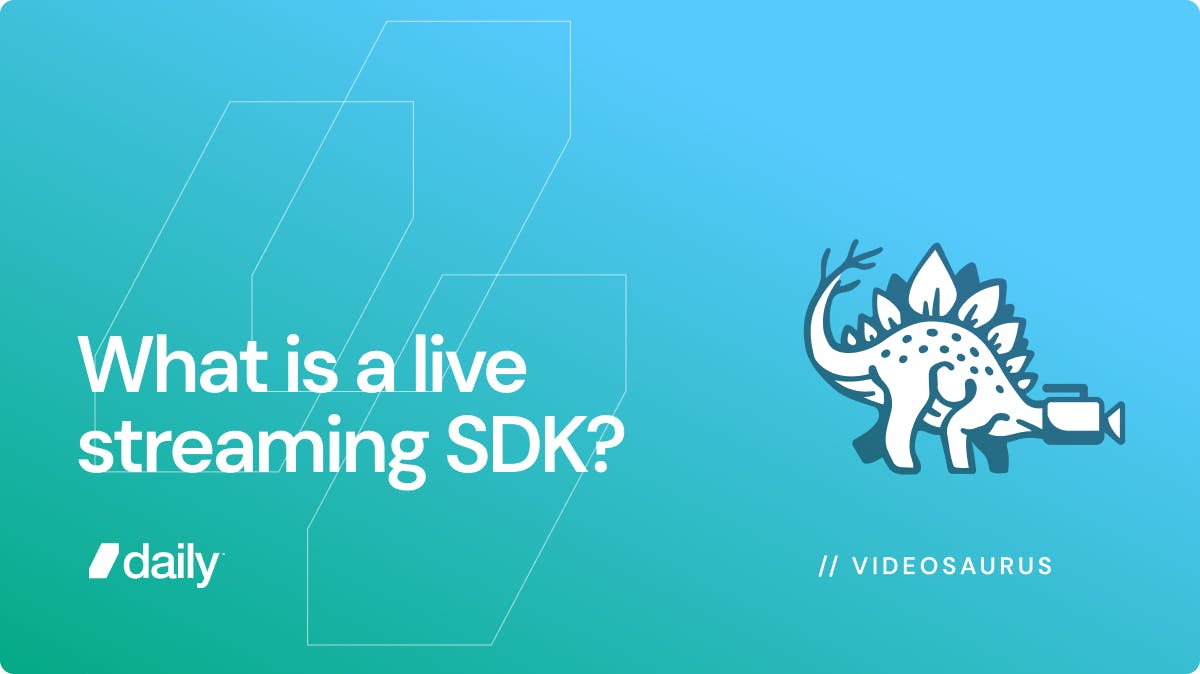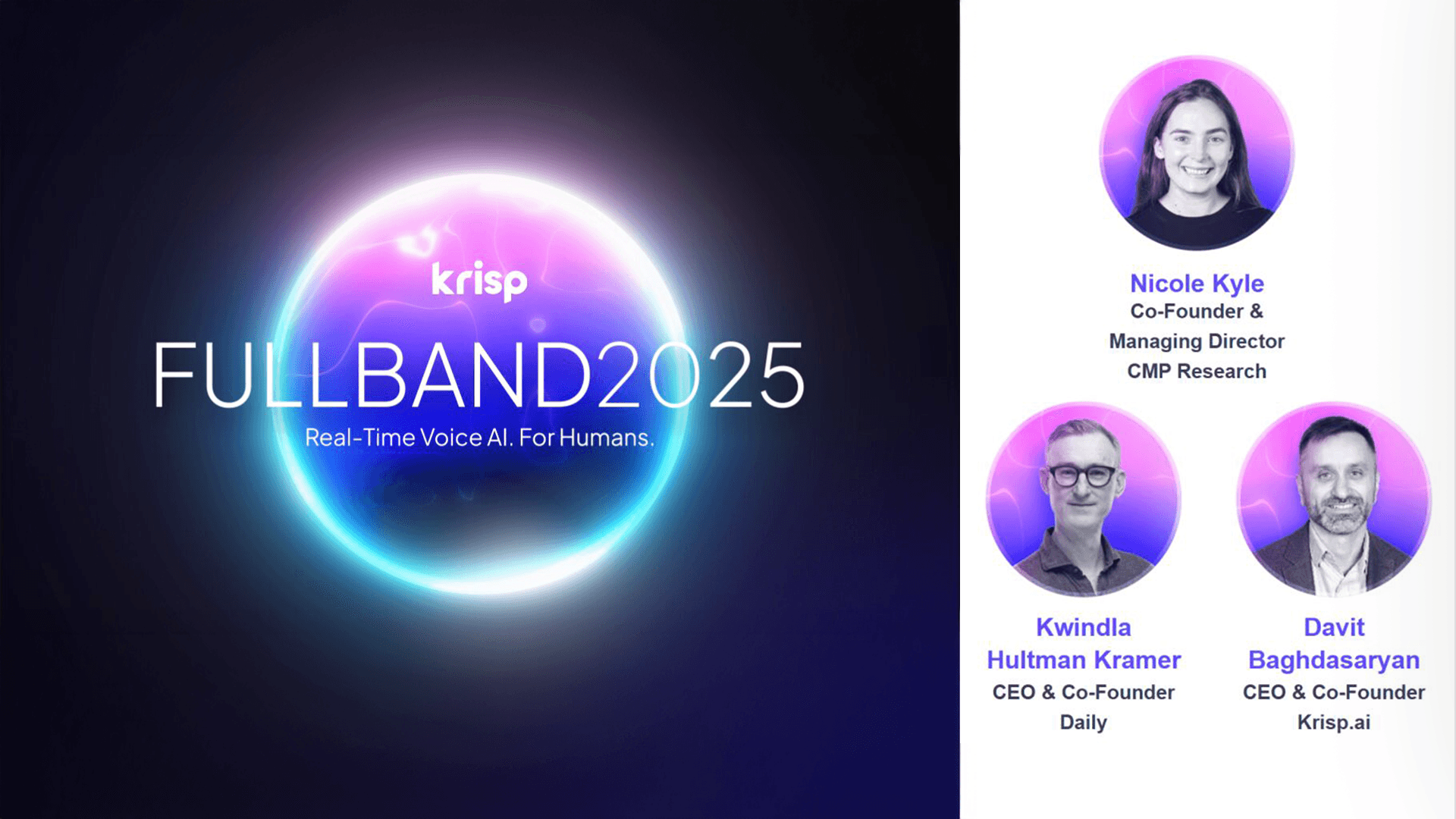What is a live streaming SDK?

A live streaming SDK is a software development kit that helps developers implement live streaming video features into their websites and apps.
Live streaming is growing massively, and both live streaming use cases and underlying technologies are evolving. Today, there are two main technologies used for live streaming: WebRTC and HLS.
For interactive live streaming, WebRTC is used. WebRTC — Web Real-Time Communications — is the standard for very low-latency delivery of video, audio, and data. WebRTC powers live commerce, interactive games, virtual events, metaverse and virtual worlds apps, and co-hosting and co-watching experiences. Today’s leading WebRTC providers support sessions with up to 100,000 active participants.
For live streaming to very large audiences, HLS is used. HLS — HTTP Live Streaming — is the standard for delivering video to millions of users. HLS powers video on demand, traditional broadcast content, and live streaming at “broadcast latencies” of 10 to 20 seconds. Good HLS infrastructure can support delivery of a stream to millions of simultaneous viewers.
A live streaming SDK provides developers with software building blocks for implementing various kinds of live streams. To implement video features in a website or app, both client-side and infrastructure capabilities are required.
Client-side SDK features include things like:
- Managing microphone and camera devices
- Configuring video and audio encoding and streaming settings for different use cases
- Receiving and playing remote audio and video tracks
- Sending and receiving custom data and application-level events
- Managing network issues and client-side errors
Infrastructure capabilities include things like:
- Implementing encryption and data security
- Managing video and audio routing, including routing for users behind firewalls and for applications that require regional data geo-fencing
- Scaling to large sessions and large-scale usage
- Providing application logging, observability, and usage data
- Providing server-side features like transcription and recording
Today, the best live streaming SDKs deliver both WebRTC and HLS building blocks in a single package, so that developers can leverage one set of APIs and one infrastructure provider for both technologies. This “best of both worlds” approach gives application developers maximum flexibility to build experiences that are interactive, scalable, feature rich, and monetizable.
More:
- For a technical deep dive into the similarities and differences between HLS and WebRTC, read our technical explainer, Video live streaming: Notes on RTMP, HLS, and WebRTC
- For more on the infrastructure required to deliver the highest possible level of video and audio quality to any user, on any device and any network, anywhere in the world, read our series of blog posts about Daily’s global mesh network and other infrastructure topics:
- If you are interested in building applications that include interactive live streaming, you can get started here.
Want to learn more about Live Streaming? Visit our community, developer resources, or our blog.


